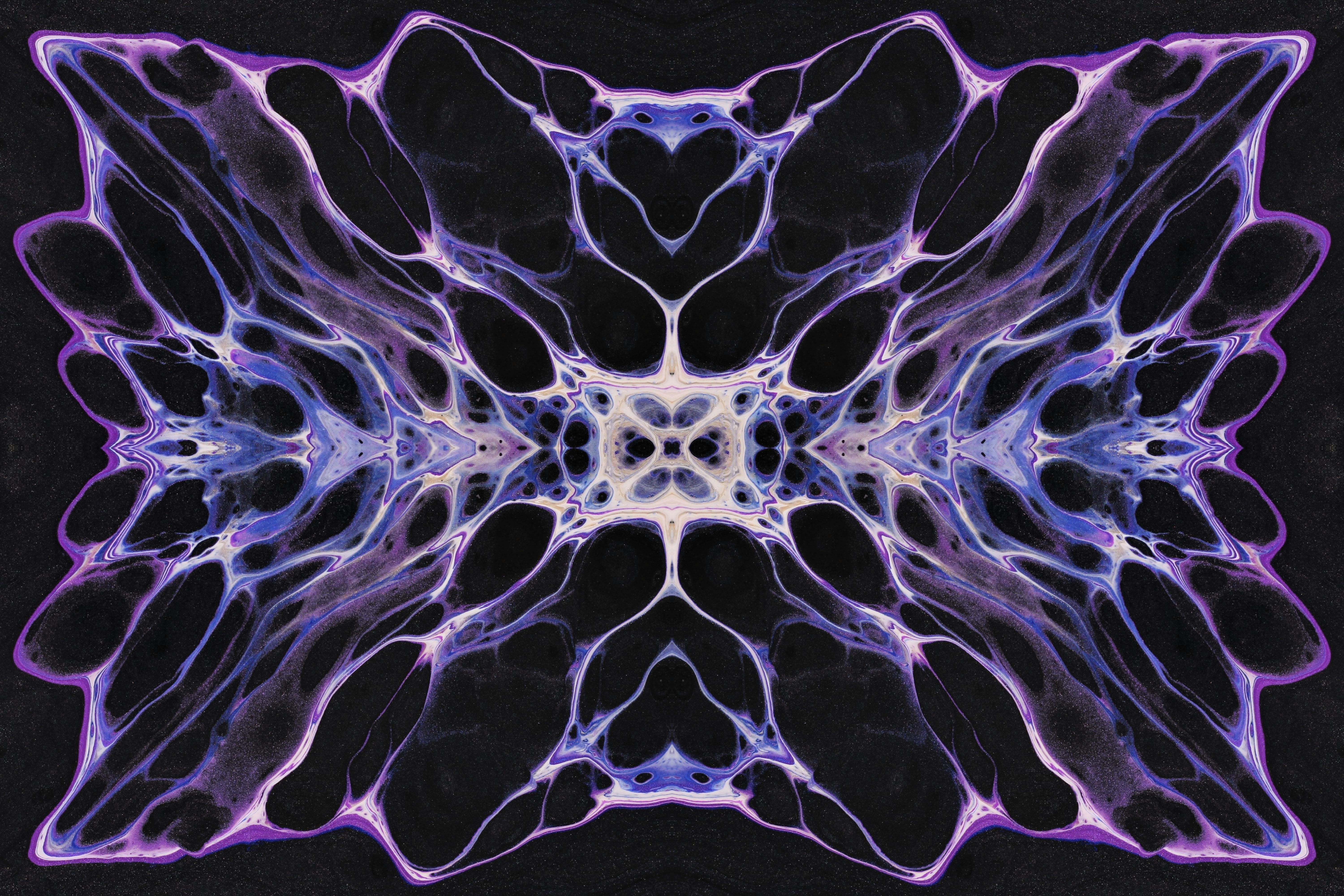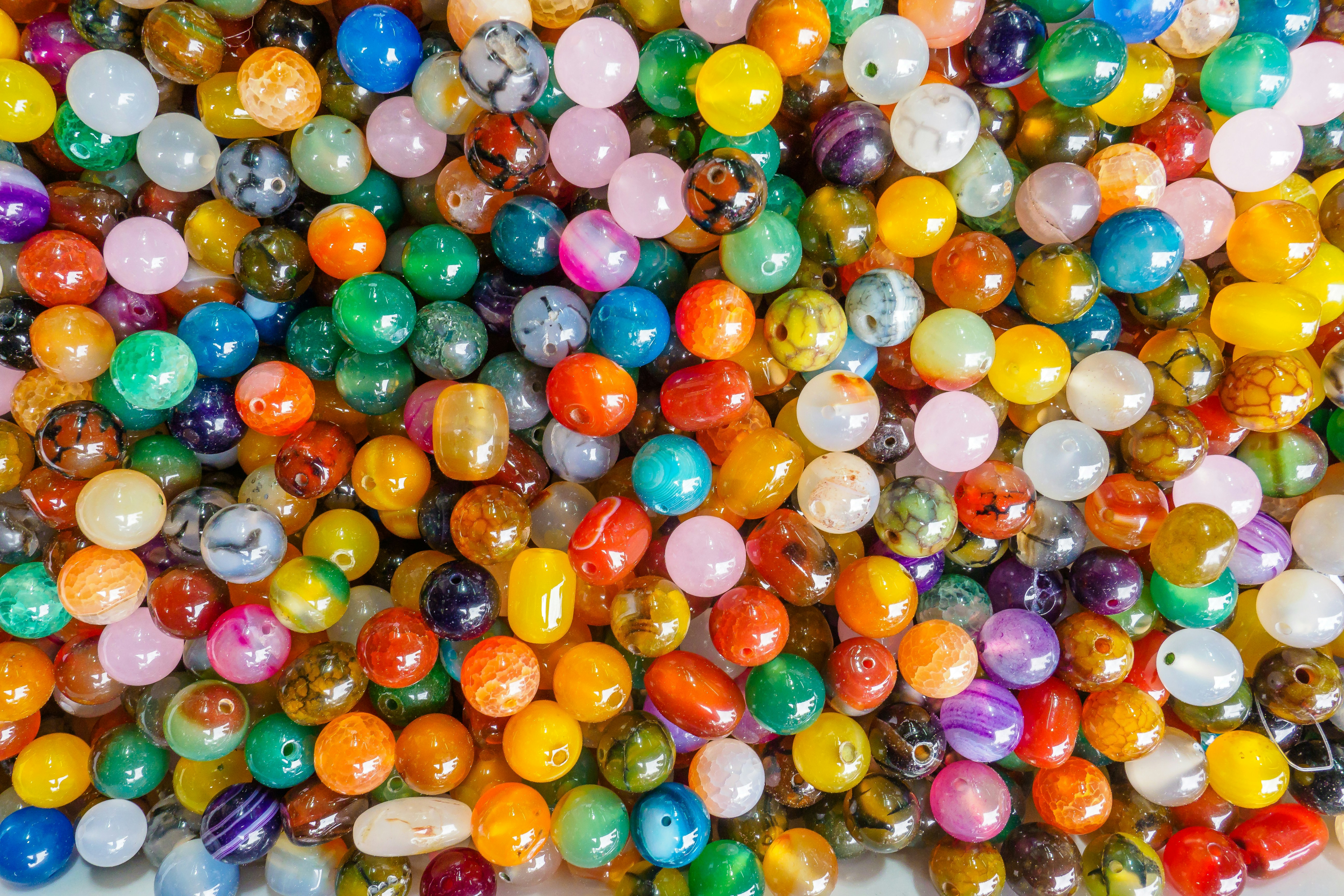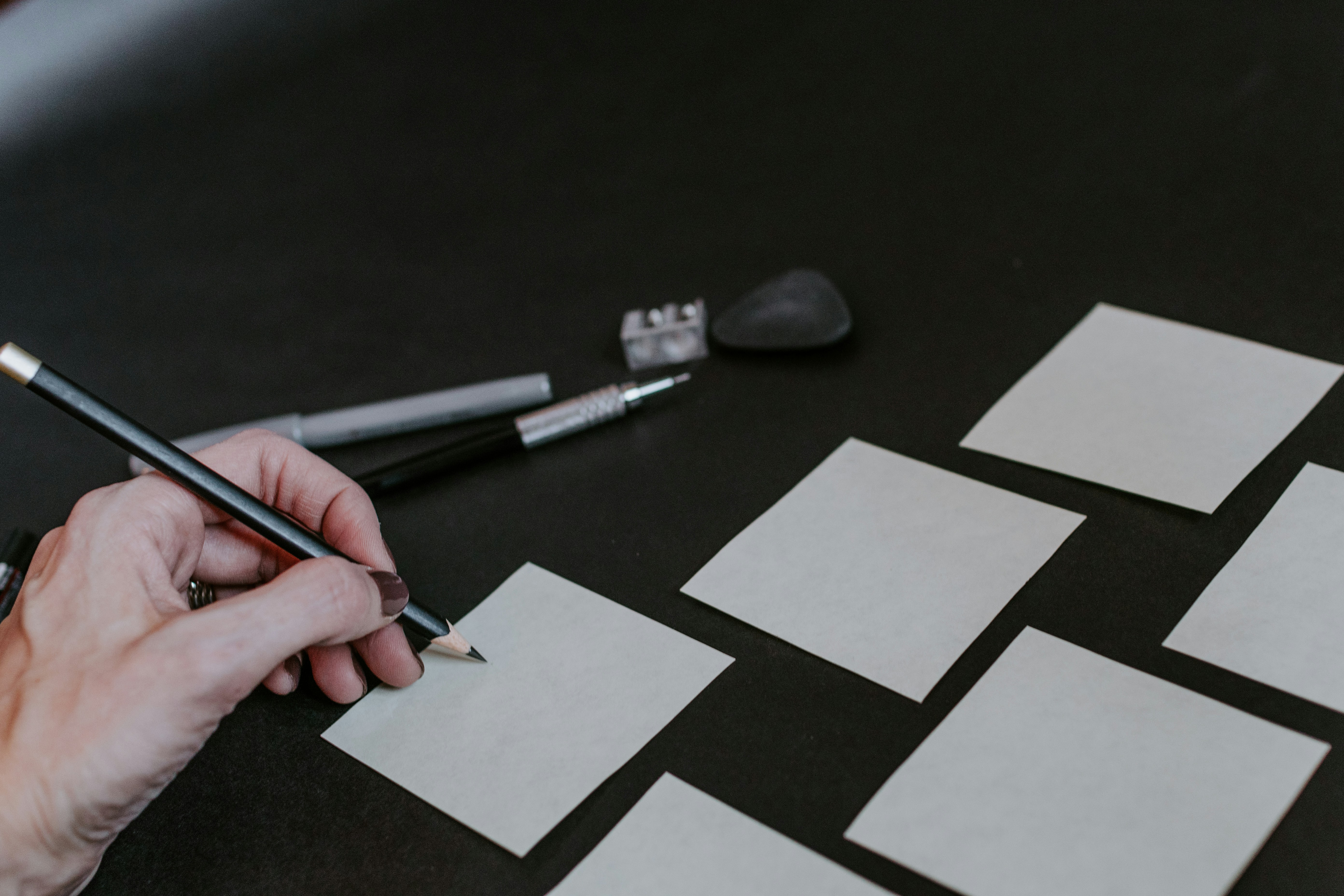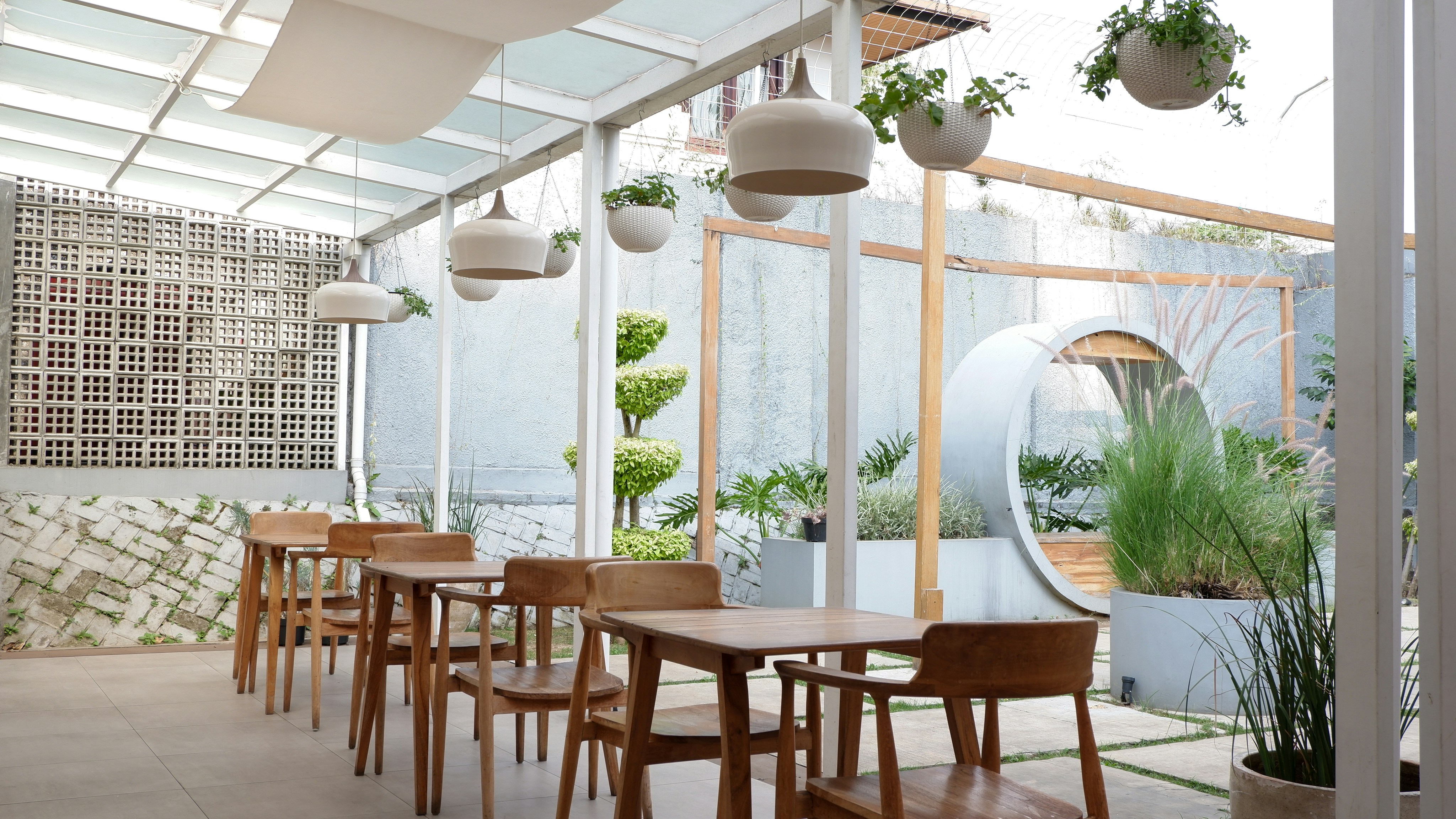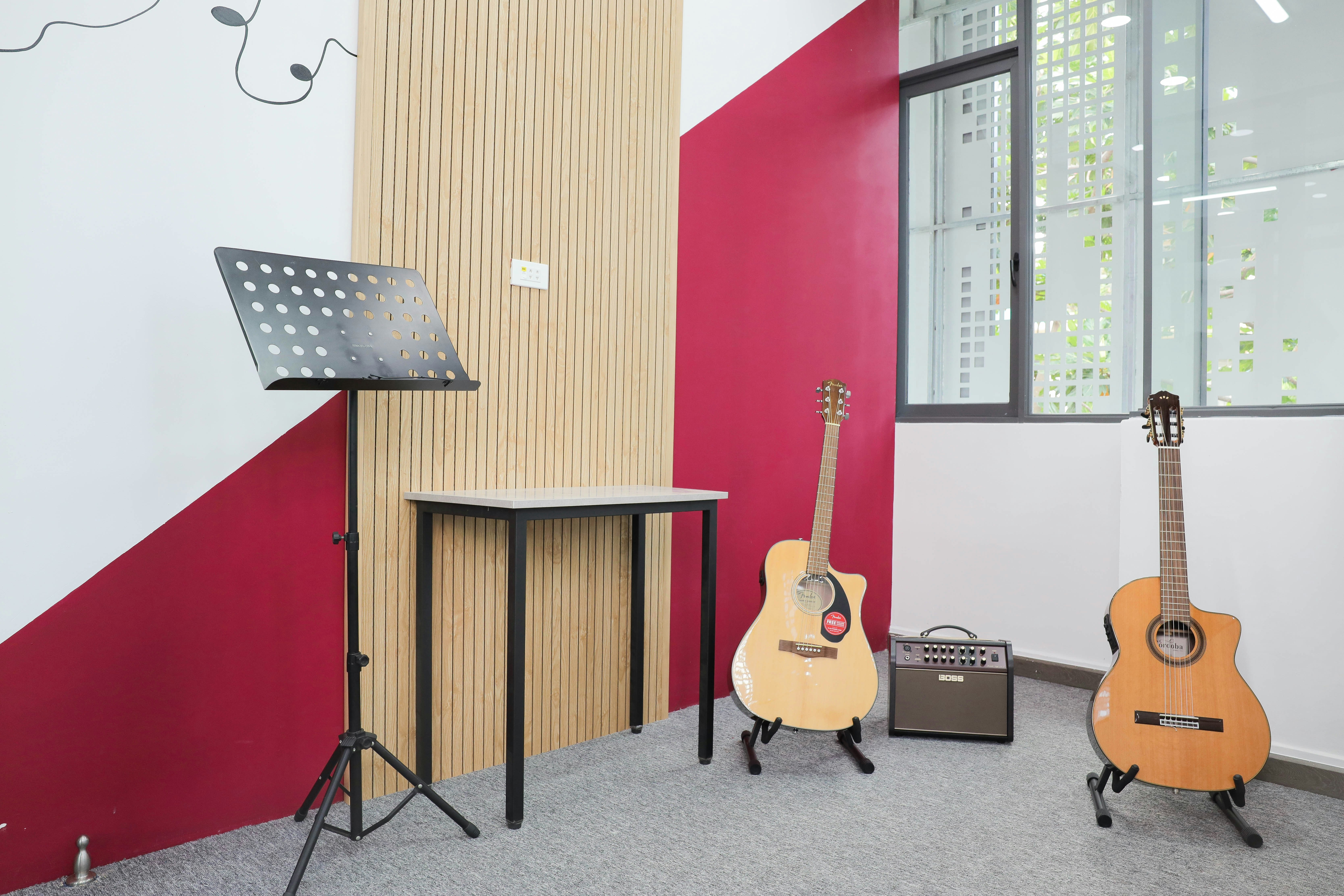Textural Harmony: Elevate Home Decor with Material Fusion
In today’s fast-paced world, where trends come and go with lighting speed, your home should stand as a testament to your personality and creativity. Home decor enthusiasts are increasingly looking for ways to broaden their horizons, pushing the boundaries of traditional design by utilizing unexpected material combinations. Whether it's mixing metals with textiles or incorporating natural elements with modern furnishings, the idea of textural harmony can create a uniquely inviting space that tells your story. Join me as we delve deep into how to elevate your home decor through innovative use of materials and thoughtful DIY ideas.
Embrace the Power of Textural Fusion
At the core of captivating home decor lies texture—a crucial, yet often underestimated element that can profoundly influence the mood and energy of a space. Think of texture as the artistic language through which your decor communicates a feeling. When done correctly, combining varying textures can deliver an unexpected equilibrium, transforming your home from ordinary to extraordinary.
Each material, whether it's the ruggedness of reclaimed wood or the sleek finish of polished brass, adds depth to your living environment. Consider a living space with a soft velvet couch paired against a backdrop of rough brick walls. The collision of softness and rigidity speaks volumes, suggesting warmth coupled with grounded resilience.
The Importance of Material Diversity
Harnessing the right diversity of materials can elevate your home to new heights. Here are a few insights into the potential of popular material combinations:
Wood and Metal: A Classic Pairing
When you think of home decor, wood and metal may seem like polar opposites. However, their contrasting qualities can create striking focal points. For instance, a reclaimed wood dining table adorned with sleek metallic chairs invites both rustic charm and modern sophistication. Not only does it enhance the aesthetics, but it also demonstrates thoughtful design that’s intentional yet harmoniously integrated.
Textiles and Naturals: Setting the Mood
Textures derived from textiles, such as plush throw pillows, can pair beautifully with natural materials like stone and plants. Imagine a sun-drenched sitting area where soft linen drapes frame a window, allowing in natural light that highlights a polished stone coffee table alongside potted succulents. This blend exudes tranquility, encouraging relaxation.
Glass and Earthy Elements: A Unique Contrast
Using glass decor against earthy elements provides a juxtaposition that’s both elegant and intriguing. Consider glass vases filled with fresh flowers set on a rustic wooden shelf. The transparency of the glass reflects natural light, contrasting with the organic feel of the wood, creating a delightful interplay of light and shadow.
DIY Ideas for Experiential Texturing
1. Crafting Upcycled Material Decor
Creating home decor with your own two hands doesn’t just save money, it can also be a fulfilling experience. Try transforming unused items into stylish decor that speaks to both environmental consciousness and creativity. Take a look around your home: do you have old cans, wooden crates, or even wine bottles?
You can upcycle these into chic decor pieces. For example, a wine bottle can be turned into a stunning vase with a splash of paint and some twine. This fusion of practicality and artistry tells a story about savoring good moments.
For more on upcycling, visit our piece on upcycling materials for decor.
2. Creating an Indoor Garden
Bringing in nature can completely transform the ambiance of a home. Biophilic design—where we connect indoor spaces with nature—celebrates this concept. Curate a botanical corner by combining various pots made from distinct materials, such as terracotta, ceramic, and even metal. Your choices here can be based on how you want to feel in that space—tactile terracotta delivers warmth, while smooth ceramics can evoke calmness.
Don’t forget to mix in some lighting for this botanical setup. Enhance the experience further by considering the size and scale of plants for various textures; taller plants against a smooth wall create a dynamic visual interest.
To learn more, check out our guide on biophilic design.
3. Designing Acoustic Decor
Often overlooked in home design, sound is a crucial aspect that contributes to our daily living experience. Crafting acoustic decor elements can help soften noise levels and create a more peaceful home environment. Think about using soft textiles for wall hangings or rugs made from natural fibers. These choices don’t just serve practical purposes; they also enhance the aesthetic by adding layers and comfort.
Explore how to harmonize your space through sound in our detailed article on acoustic comfort.
Practical Application of Material Choices
Harmonizing Visual and Tactile Elements
When planning your decor, consider the symbiosis between visual appeal and tactile experiences. Each material ultimately elicits a specific sensation, and it's about harmonizing these elements to create a cohesive narrative.
- For visual diversity: Mix geometric patterns with organic shapes. Geometric designs often bring structure, while organic elements can provide fluidity.
- For tactile variety: Use smooth surfaces along with something coarse or textured, like a plush rug against a polished wood floor.
Color and Texture Interaction
Color doesn’t stand alone in interior design; it dances with texture. Earthy tones paired with deep greens offer a natural vibe but introducing metallic tones can lift the overall aesthetic and create vibrant moments within a space. Think about how you can use understated metallics against a rich textile backdrop—a brass lamp illuminating a cozy, vibrant-colored fabric speaks elegance.
Dive deeper into how colors can resonate mood and emotion in our post on color psychology for mood.
Curating Stories and Emotions Through Decor
Home decor is not merely about aesthetics; it’s also infused with stories, memories, and emotions. Authentic home decor should be a reflection of who you are and what you value. Creating a narrative with your chosen elements elevates your surroundings into a visual and emotional experience.
Incorporating Family Heritage
Consider incorporating elements that represent family history. Items that evoke nostalgic emotions can add character to your space. Old family photographs in mixed-material frames or heirloom textiles fashioned into decorative pillows can create an intimate atmosphere that connects one generation to another.
To evoke deeper connections through decor, explore the ideas in our article about harnessing nostalgia in home aesthetics at nostalgic crafting.
The Ethereal Dance of Light and Texture
Lighting plays a foundational role in how textures are perceived. Strategically placed lights can highlight textures, bringing them to life. An uneven stucco wall suddenly becomes a canvas of shadow and light, showcasing depth and character when lit.
Don't underestimate table lamps with textured shades or hanging fixtures that cast intriguing patterns on walls.
Playful Experimentation in Design
As you explore the world of textures and materials, let go of rigidity—playfulness is key! Push the boundaries of conventional decor and don’t shy away from experimentation. Try layering different materials, mixing styles, and moving things around until your space feels just right.
Seasonal Decor Changes
Implement seasonal decor changes that reflect the rhythm of nature. Seasonal shifts create the perfect opportunity to refresh your texture palette—swap out lightweight summer linens for warmer, cozier textiles in the winter. Seasonal fades inspire a connection to nature, enriching the life experience within your home.
For seasonal decor tips that connect your home to nature, check out our article on seasonal decor shifts.
Final Thoughts: The Journey to Harmonious Decor
Finding textural harmony through unexpected material combinations can be an exciting journey as you explore home decor. Your space should not only inform those who enter about your personality but also create an emotional landscape reflective of your essence.
Blend materials, colors, and textures to express who you are and how you want to feel in your space. With these insights, you are equipped to experiment, innovate, and cultivate a home that is a true sanctuary—an intimate celebration of harmony in diversity.
For more DIY home decor inspirations, stay engaged with our blog and let your creativity flourish!
